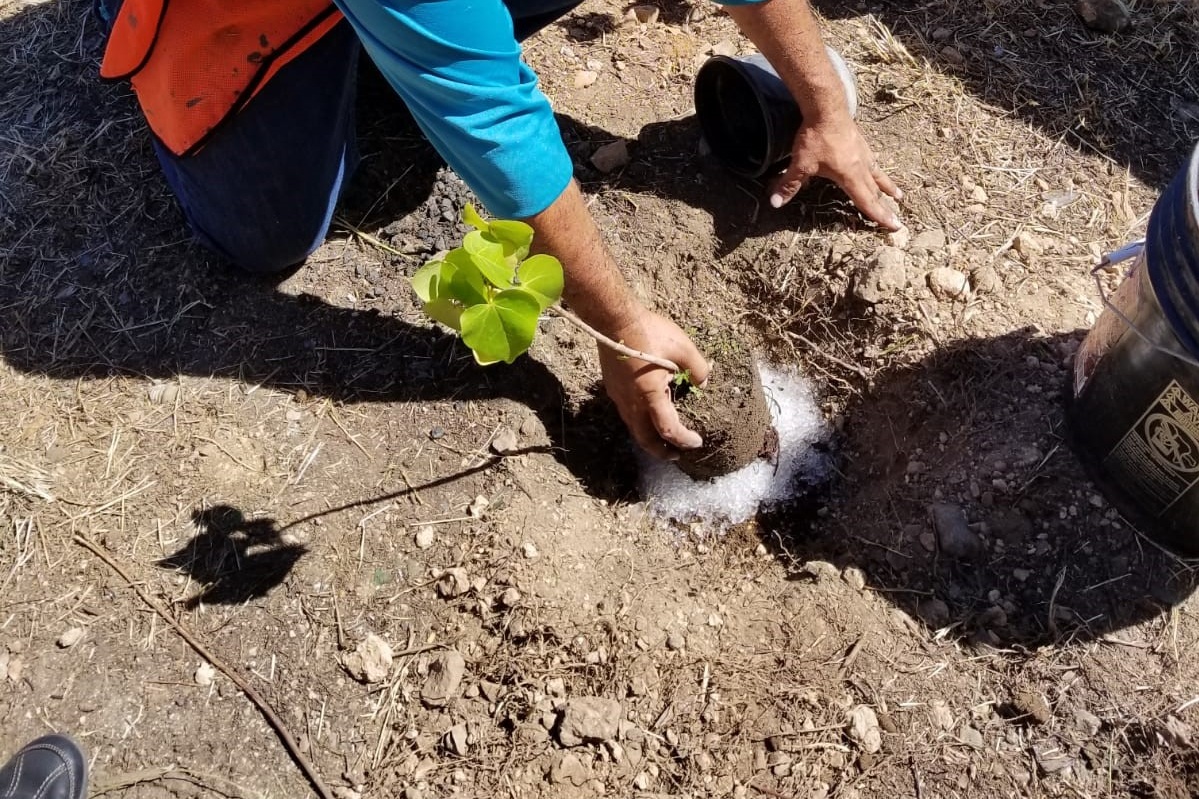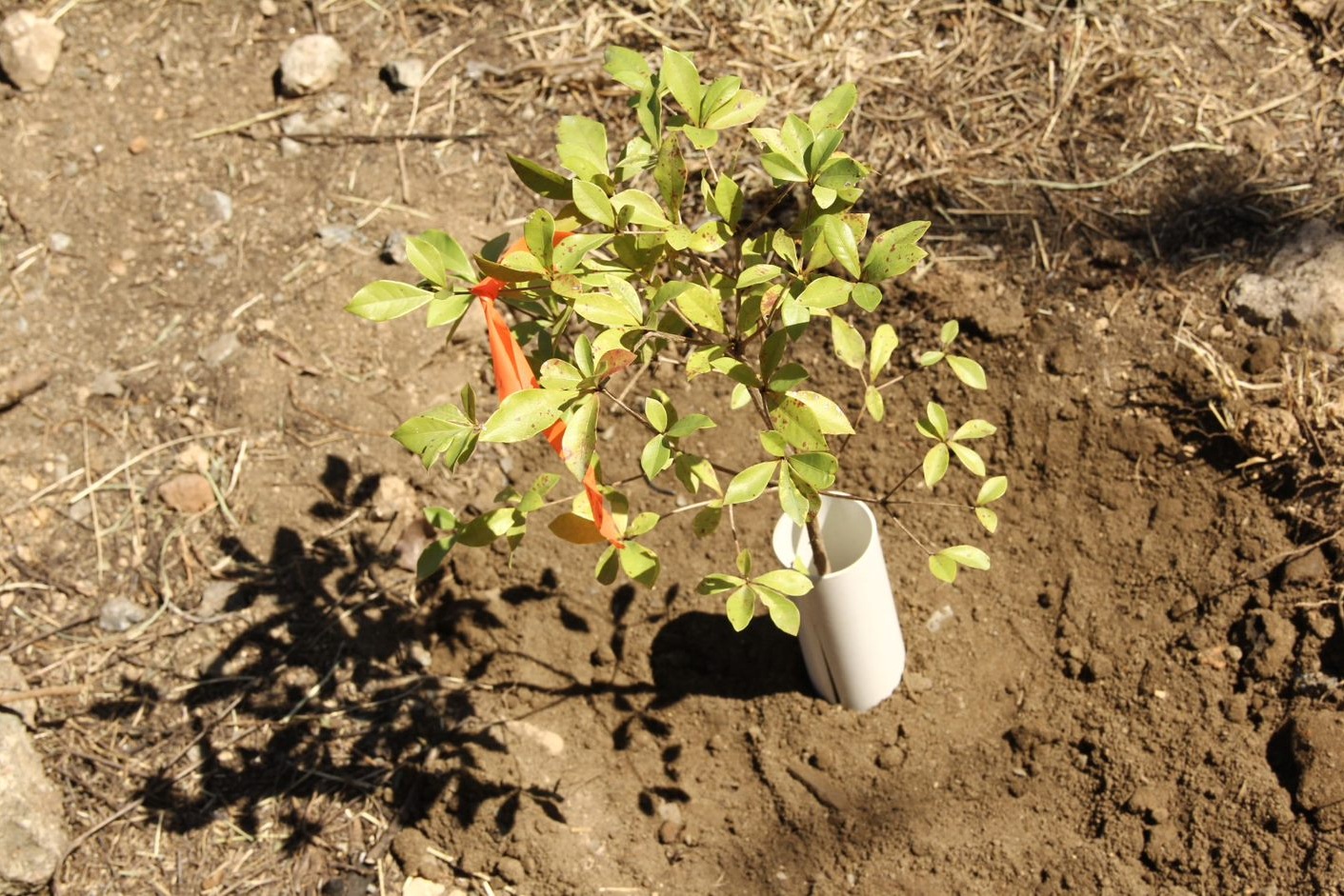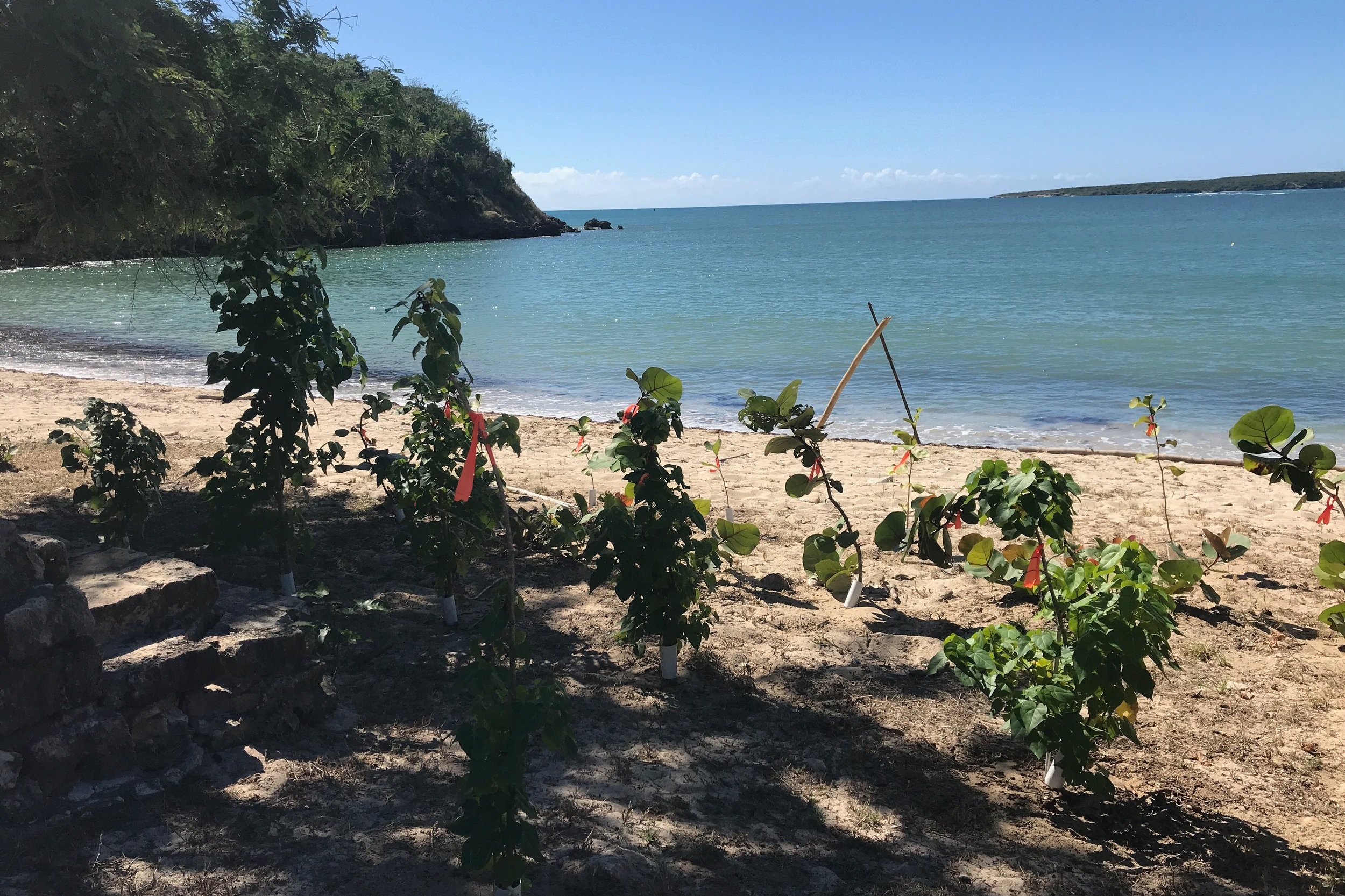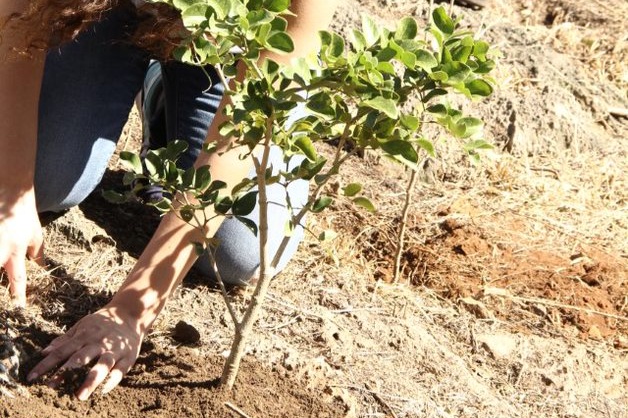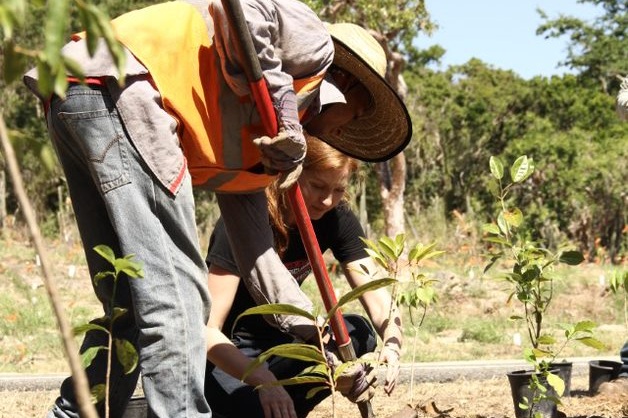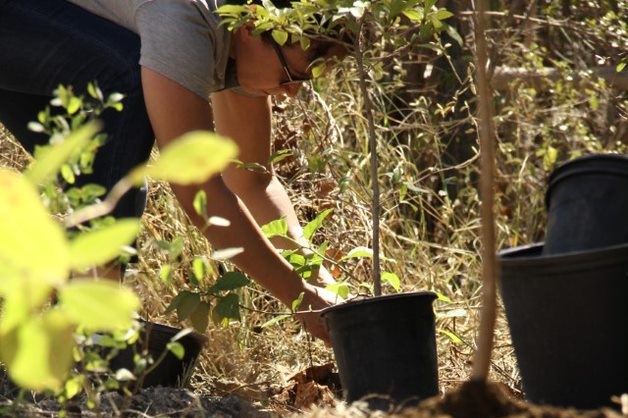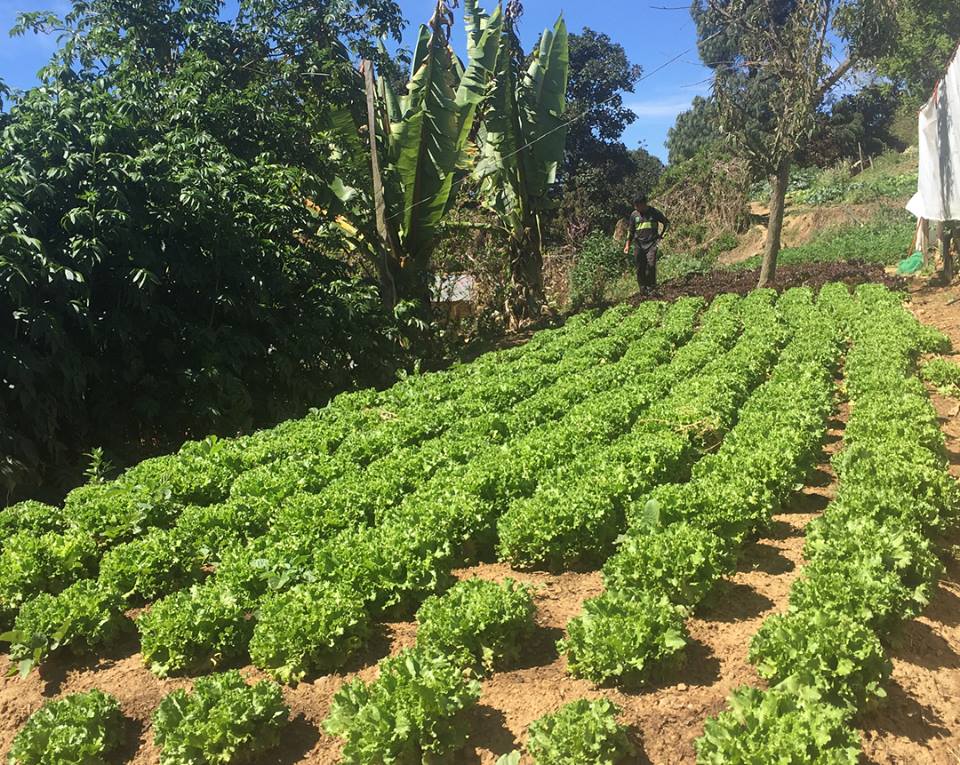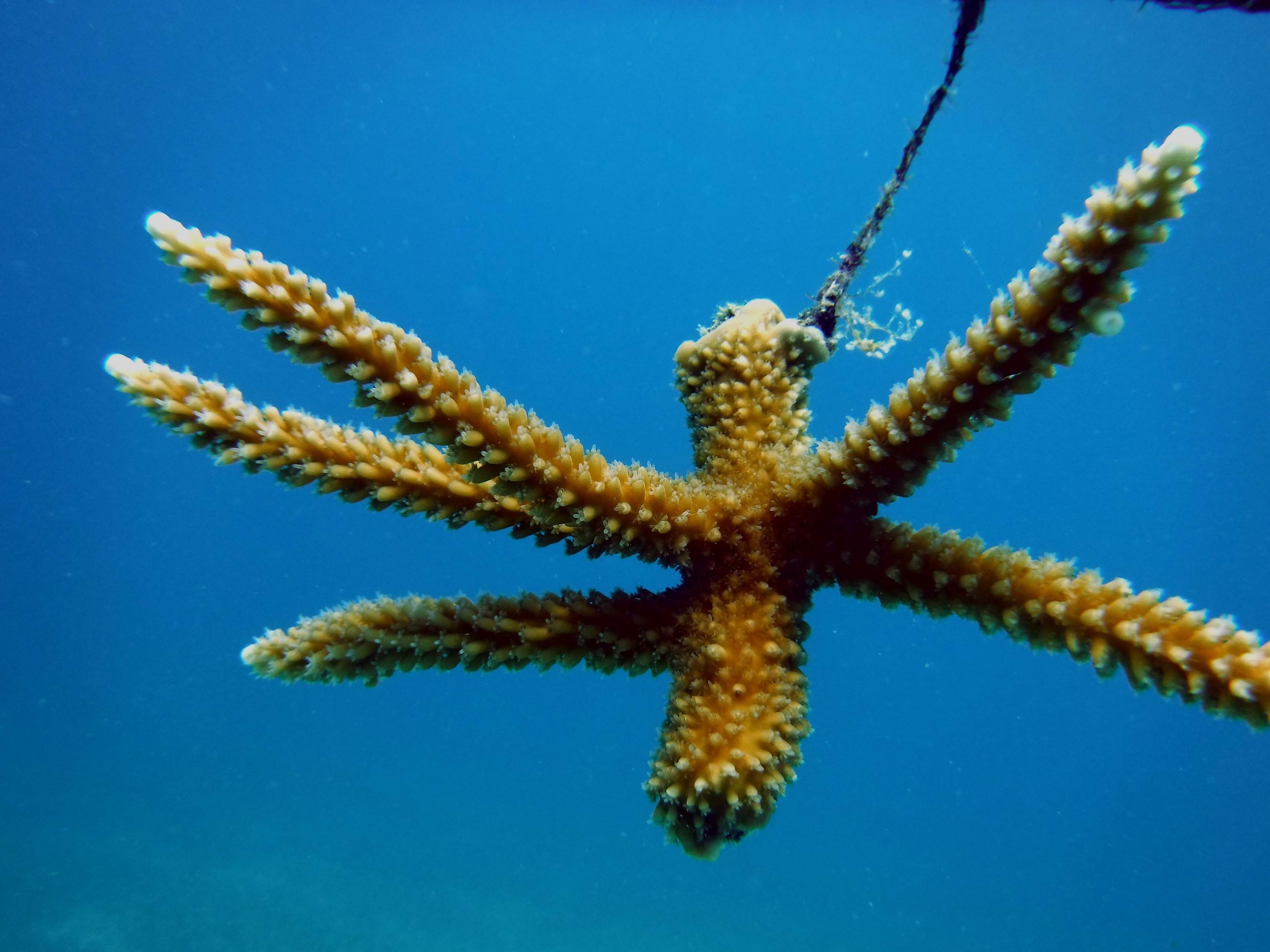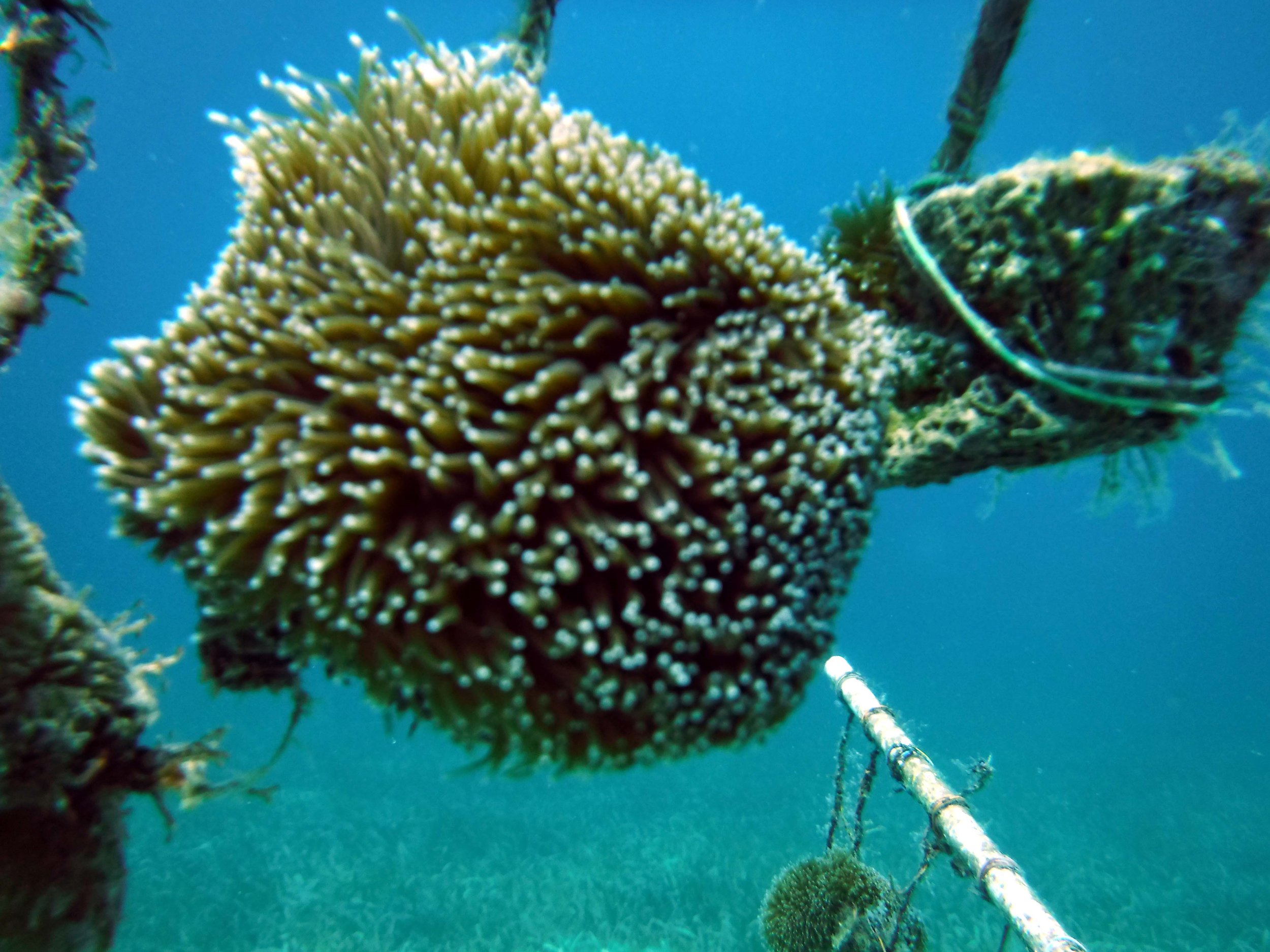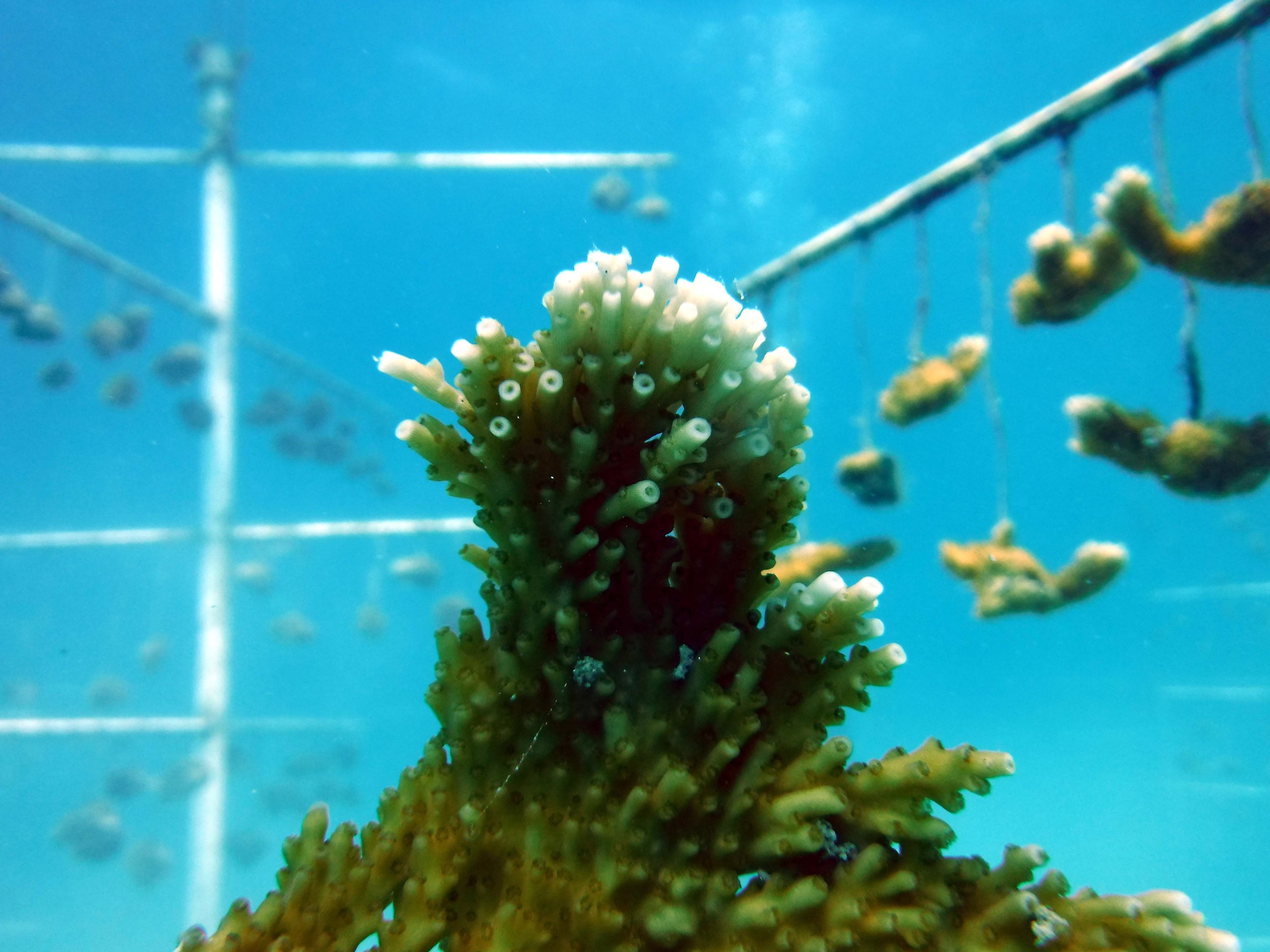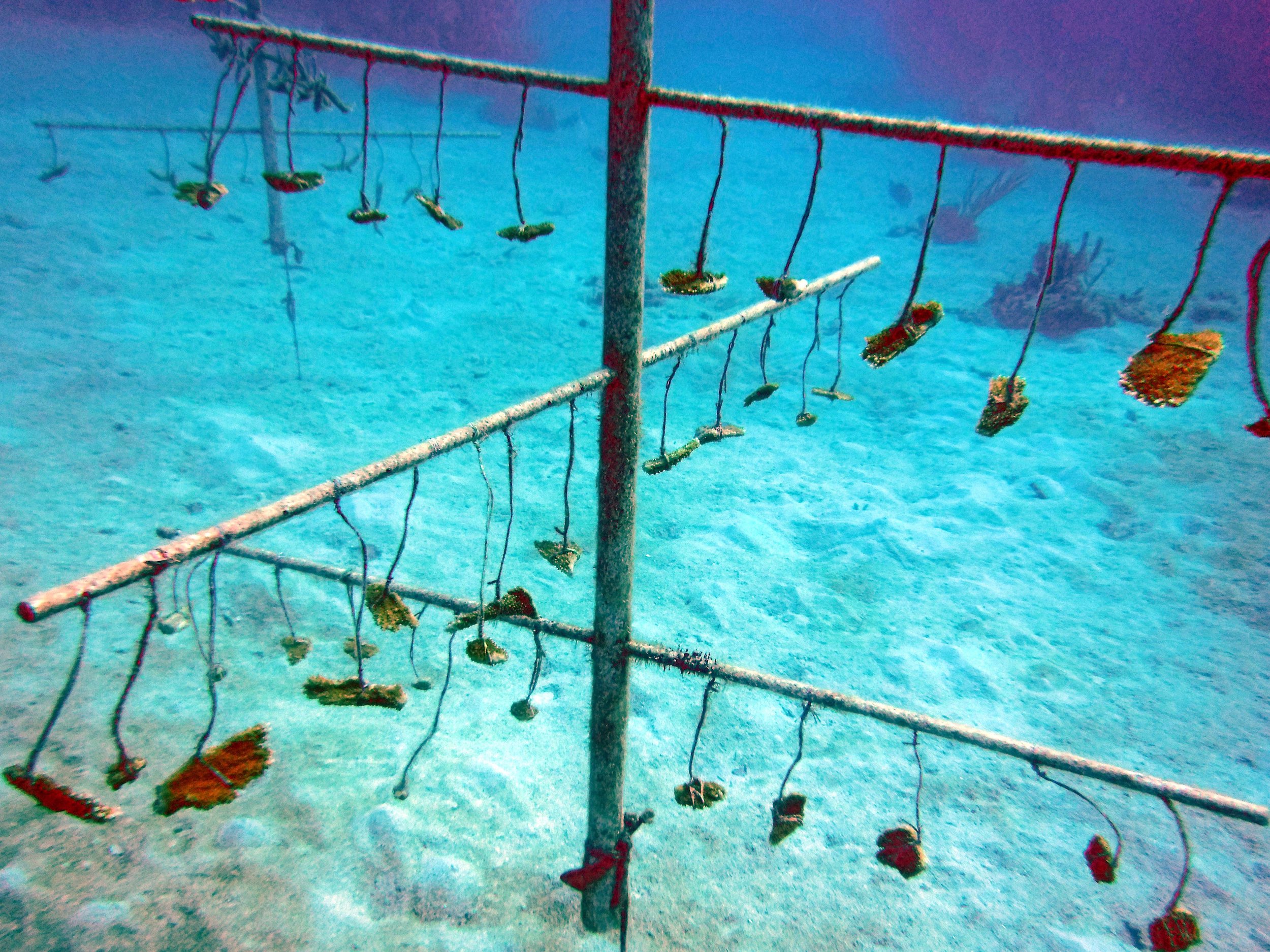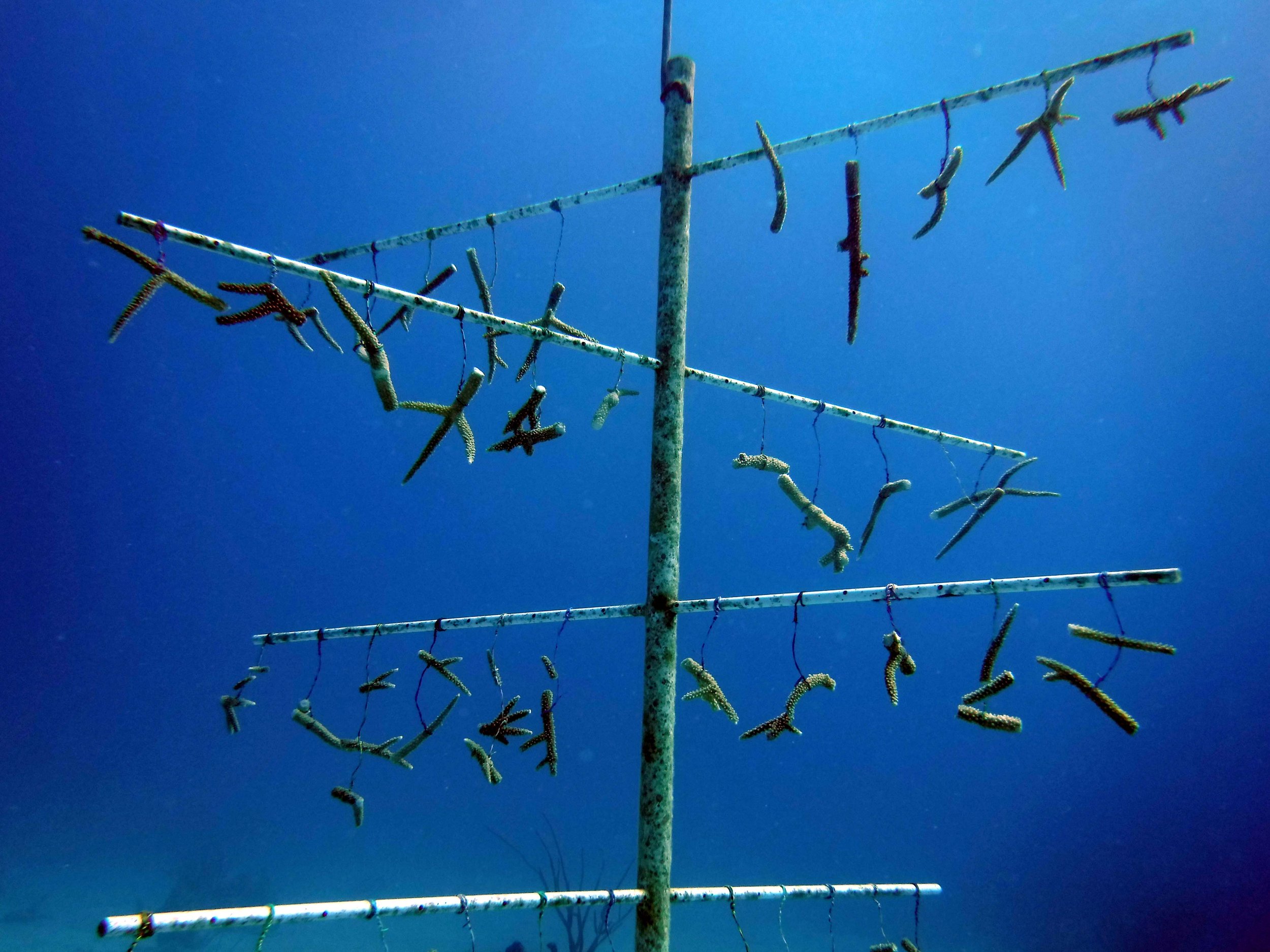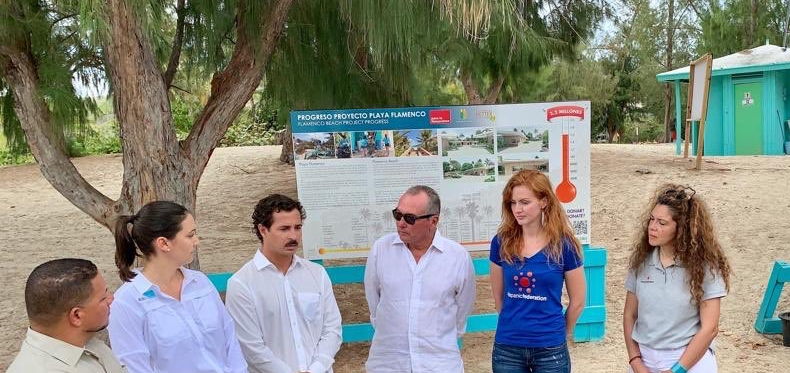The Challenge:
The 2017 hurricane season obliterated crops and much of the island’s flora. Work is needed to both recover the ecosystem and the industries around Puerto Rico’s natural environment.
How is Hispanic Federation Helping?
We are working with local partners to protect and strengthen Puerto Rico’s natural environment, supporting green infrastructure initiatives and promoting long-term environmental sustainability.
Who Are We Helping?
Protectores de Cuencas (Yauco, Guanica and Culebra)
With support from HF, Protectores de Cuencas reforested 20,000 native trees in three municipalities, work that not only beautifies the island, but also helps protect it. Amazingly, Protectores foresight allowed them to protect 60,000 young, native trees at their nursery from the hurricanes destructive force. Its efforts to reforest tens of thousands more helped replant vegetation that acts as a natural barrier to runoff water that, if unobstructed or unabsorbed, can worsen beach erosion and pollution. Additionally, they rehabilitated beach front green infrastructure to prevent further erosion.
Conservación ConCiencia (Naguabo)
HF funds supported the needs of artisanal commercial fishermen in the municipality of Naguabo by transitioning both their physical infrastructure and fishing practices to environmentally sustainable models and encouraging entrepreneurship and self-sufficiency. Through this initiative, fishermen received the training and tools to transition from coral reefs to blue water fishing of healthier open sea species that are also economically viable. This transition will create economic and environmental resilience for fishermen and remove pressure from at-risk species. They also modernized the facilities of the fishing village with a renewable energy system and restored the surrounding mangroves to increase green infrastructure and protect against future storm surges. Additionally, HF teamed up with Conservación ConCiencia, the Fishermen’s Association, and La Maraña to carry out participatory community planning process to redesign a part of the boardwalk and develop out the fishermen’s vision for their work.
Para La Naturaleza (Island-wide)
Hurricane María uprooted countless trees critical for agriculture and a viable ecosystem. With HF funding, Para la Naturaleza advanced their overall reforestation goals, including plans to plant and monitor 100,000 trees and create 100 jobs in reforestation and conservation.
Sociedad Ambiente Marino (Culebra)
Hurricane María damaged coral reefs around the island municipality of Culebra, setting back years of painstaking work. With funding from HF, Sociedad Ambiente Marino rehabilitated, reconstructed and replenished previously existing coral farms on the island. After the work done bySociedad, it is expected that this reefs become once again barriers against waves and hurricanes, serving as a protective layer around Culebra. The reefs are also an important tourist attraction that helps drive the local economy.
Caras con Causa (Guaynabo and Cataño)
Hurricane María badly damaged the wetland nature preserve and caused massive flooding in the historically marginalized municipality of Cataño. HF’s grant helped restore the preserve by repairing badly damaged pathways and reforest thousands of native seedlings. Funding also allowed Caras to reestablish their environmental program, which includes education, reforestation, adaptation and mitigation, and economic development initiatives. Additionally, Caras built a community science lab where youth scientists will experience hands-on training to study their local wetlands and global universities will be able to collaborate while investing in the community. Currently none of the local public schools have laboratory facilities. Caras’ goal with this project is to empower the communities of Guaynabo and Cataño through education and organizing, and to create ecotourism jobs for youth.
Salvemos Playa Flamenco (Culebra)
In partnership with Foundation for a Better Puerto Rico, Para la Naturaleza, Expedia, and others, HF supported the rehabilitation of Flamenco Beach, which is essential for Culebra to once again be a top destination for local and foreign tourists. Over 700,000 tourists visit this amazing public beach annually making Flamenco Beach the most important economic engine for the residents of Culebra. The project goals included reforestation and building green infrastructure and facilities at the beach. The municipality of Culebra and the Autoridad de Conservación y Desarrollo de Culebra (ACDEC) are committed to maintain the facilities and infrastructure for the next 20 years and Flamenco’s Blue Flag beach international distinction.
Corporación Piñones se Integra (Loiza)
The Corporación Piñones se Integra (COPI), along with the Department of Natural and Environmental Resources, work collaboratively to protect the ecology and its vast diversity of the Piñones community in Loiza. Piñones, “Ecological jewel of Puerto Rico and the Caribbean” has the largest Mangrove Forest in Puerto Rico, three lagoons (Piñones, Torrecilla and Las Marías), an extensive waterfront area with beautiful beaches and more than 20 archaeological sites that attest to the presence of the original pre-Columbian culture in the area. HF funding is enabling COPI to clean the obstruction of the Torrecilla Canal, which connects Laguna Piñones with Laguna Torrecilla. This obstruction causes serious damage to the Piñones Lagoon and the marine life that inhabits it, as well as causing floods that endanger the life and property of thousands of residents. The project aims to save the Lagoon and the species that depend on it, while significantly reducing the flood events that residents of the Piñones community face today.

